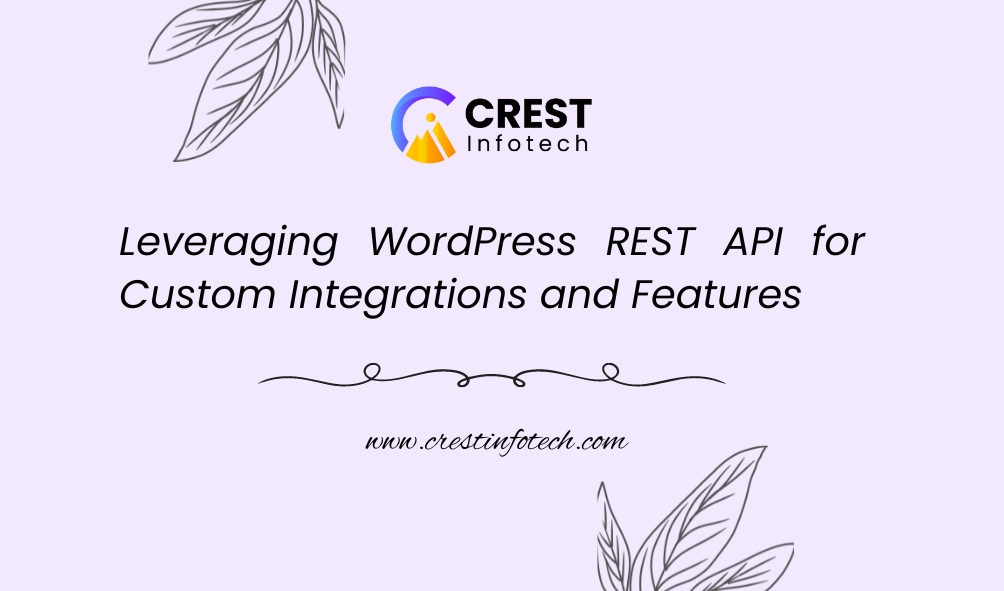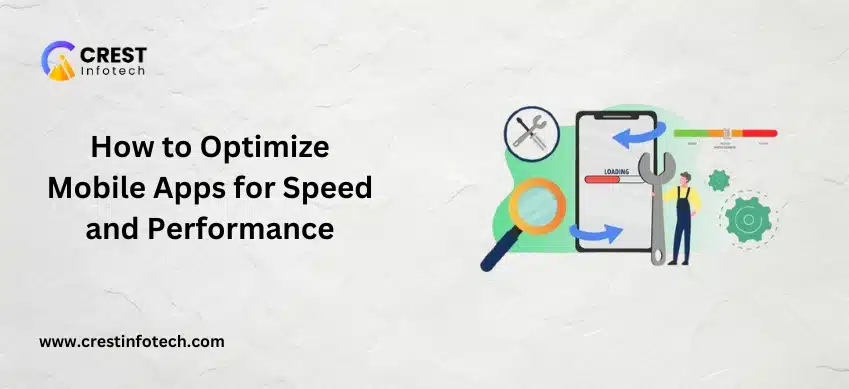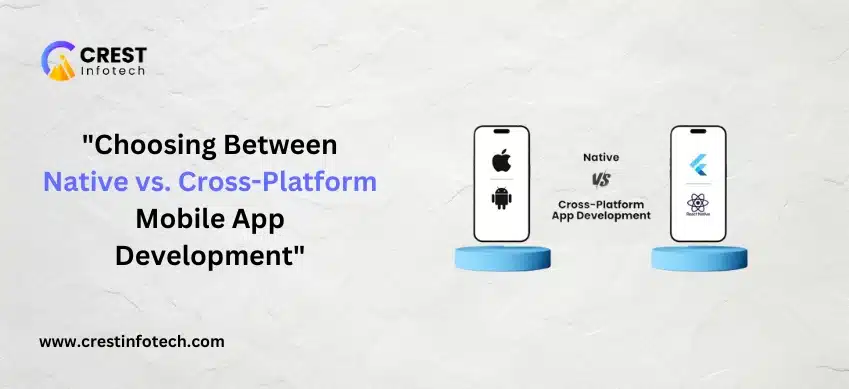The WordPress REST API is a powerful tool that allows developers to interact with WordPress sites programmatically. It enables the creation of custom integrations and features that can enhance your website’s functionality and improve user experiences. In this article, we’ll explore how to leverage the WordPress REST API for your projects.
1. Understanding the WordPress REST API
The WordPress REST API provides an interface for developers to access and manipulate WordPress content and settings via HTTP requests. It enables interactions with posts, pages, users, taxonomies, and more, using standard HTTP methods such as GET, POST, PUT, and DELETE.
- JSON Format: The API communicates using JSON, making it easy to work with in various programming environments.
- Endpoints: Each type of data in WordPress has its own endpoint, allowing you to retrieve or manipulate that data. For example,
wp-json/wp/v2/postsaccesses posts.
2. Setting Up Your Development Environment
Before using the REST API, ensure your WordPress installation is ready for development.
- Local Development: Use local development tools like XAMPP, MAMP, or Local by Flywheel to set up a WordPress environment.
- API Access: Verify that the REST API is enabled. It is enabled by default in WordPress installations version 4.7 and later.
3. Making API Requests
You can make requests to the WordPress REST API using various methods.
- Using JavaScript: Use the Fetch API or Axios to make HTTP requests from the client side. Here’s a simple example using Fetch:
fetch('https://yourwebsite.com/wp-json/wp/v2/posts')
.then(response => response.json())
.then(data => console.log(data))
catch(error => console.error('Error:', error)); - Using cURL: You can also make API requests using cURL in PHP or terminal. Here’s an example in PHP:
$response = wp_remote_get('https://yourwebsite.com/wp-json/wp/v2/posts');$posts = json_decode(wp_remote_retrieve_body($response));
4. Creating Custom Endpoints
For more advanced functionalities, you can create custom endpoints.
- Registering a Custom Endpoint: Use the
register_rest_routefunction in your theme’sfunctions.phpfile or a custom plugin:add_action('rest_api_init', function () {
register_rest_route('myplugin/v1', '/customdata', array(
'methods' => 'GET',
'callback' => 'my_custom_callback',
));
});
function my_custom_callback() {
return new WP_REST_Response(array('message' => 'Hello, World!'), 200);
} - Accessing Your Custom Endpoint: You can access your new endpoint via
https://yourwebsite.com/wp-json/myplugin/v1/customdata.
5. Authenticating API Requests
For secure operations like creating or updating content, you need to authenticate your API requests.
- Basic Authentication: For simple implementations, you can use the Basic Authentication plugin for testing purposes.
- OAuth and Application Passwords: For production, consider using OAuth or Application Passwords for secure access to the API.
6. Integrating with Third-Party Services
The REST API makes it easy to integrate your WordPress site with other applications.
- Connecting with External APIs: You can fetch data from external services and display it on your WordPress site. For example, you might fetch product data from an e-commerce API and display it in a custom template.
- Webhook Integration: Set up webhooks to allow external services to send data to your WordPress site, triggering custom actions or updates.
7. Building Custom Front-End Applications
Using the REST API, you can build fully functional front-end applications.
- Single Page Applications (SPAs): Use frameworks like React, Vue.js, or Angular to create SPAs that consume your WordPress REST API. This approach allows for a dynamic user experience without reloading the page.
- Mobile Applications: You can also use the REST API to develop mobile apps that interact with your WordPress content.
8. Optimizing Performance
While the REST API is powerful, it’s essential to optimize performance for a better user experience.
- Caching: Implement caching strategies to reduce API response times. You can cache responses in the database or use tools like Redis or Varnish.
- Limit Data Returned: Use query parameters to limit the amount of data returned by the API. For instance, you can limit the number of posts returned using
_embedandper_pageparameters.
Conclusion
The WordPress REST API is a versatile tool that empowers developers to create custom integrations and features, enhancing the functionality of WordPress sites. By understanding how to make API requests, create custom endpoints, authenticate requests, and integrate with external services, you can unlock new possibilities for your projects. Whether you’re building a dynamic front-end application or connecting with third-party services, the REST API offers endless opportunities for innovation and improvement. Start exploring and leveraging the REST API to elevate your WordPress development experience!



